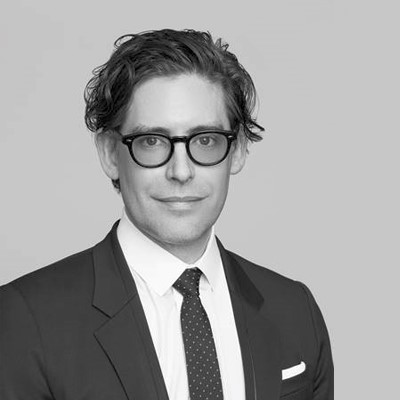
Interview with STILLE Ambassador Jordan Deschamps-Braly, M.D.
Dr. Jordan Deschamps-Braly is a leading plastic surgeon with offices in San Francisco conducting specialized facial aesthetic, craniofacial and orthognathic surgery. In this interview Dr. Deschamps-Braly talks about his experiences with the STILLE instruments that he uses as part of his practice.
Dr. Deschamps-Braly, what do you appreciate most by using STILLE instruments?
I appreciate that they are so light in my hand. They don’t just seem lighter and sharper than other instruments, they just are. I do most of my work at the scissors tips and I don’t want a scissor that chews on the tissue, that’s a key element in creating perfection. Using other scissors, I have noticed that they compensate somehow by overly forcing the blade crossover, and in the process of doing this you get a lot of resistance and grind at the tips. This is a key element to avoid and you never get that with a STILLE scissor.
How would you describe STILLE to another Surgeon?
I would use the word “Boutique” or “Boutique-y”, meaning a highly specialized and high quality manufacturer. When you perform a procedure where the feel and enhanced performance of the instrument is important to you and the results for your patient, STILLE is your go-to instrument. In my experience, instruments that provide a more “feeldriven” experience for the surgeon tend to include forceps, needle drivers, and scissors. Those are all “feel driven”. They have movement and tactile feedback in a different way than a static instrument does.
What are the clinical advantages of using STILLE instruments?
It decreases the surgeon’s fatigue. Holding a lighter instrument that requires less force when dissecting tissue is a key element to success. I think fatigue and frustration are two things that a great surgical instrument removes. Good instruments can’t make a surgeon good, but they can definitely make a good surgeon’s life easier. Fatigue and frustration are two things that quality instruments, such as STILLE’s, sure can help to minimize. If you do not have a scissor that cuts properly it is very frustrating when trying to accurately inset the skin flaps on a facelift along the edge of the ear. If the scissor does not cut properly it can chew on tissue, it can destroy a good flap, and it can be frustrating at the end of a long day when you are 6 hours into an operation. The last thing you need is more frustration because your instruments are not doing their job.
Do you see any benefits to patients by using STILLE instruments?
Well, a happy surgeon leads to a happy patient! If a case is shorter and the surgeon is more focused on the operation than his malfunctioning or low quality instruments, I’d say you perform better and create better results. The instrument is not the make-it-or-break-it for the patient, but a happier and more comfortable surgeon will create better results. If you get frustrated halfway through the case because instruments are not optimal for the task, then things can go downhill very fast. It’s all about fatigue and frustration, and anything you can do to keep a surgeon sharp is always good.
How do you justify the investment in a STILLE instrument?
Good question, I justify it as a long term investment. Getting tactile feedback from the hand as you cut is worth the money to me. But it may not be worth it to everybody. An investment in a STILLE instrument is an investment that will last throughout your career. You should never compare a STILLE instrument with a standard $50 instrument. For a surgeon whose accuracy in dissection is important, a quality instrument is definitely worth the investment.
So how do you get STILLE instruments to the trays?
I’m an active surgeon. I do surgery at the California Pacific Med Center as well as the Children’s hospital of Oakland. At my center, I made the personal decision to fill the trays I use with STILLE. When I head out for surgery at hospitals, I take my own face and eyelid set with me to procedures. I drag it with me, and yes it is a pain to do, but I have tight control of what I use. The OR staff notices that enhanced level of attention by the surgeon to the details that go into a good surgical outcome, and they respond accordingly.
